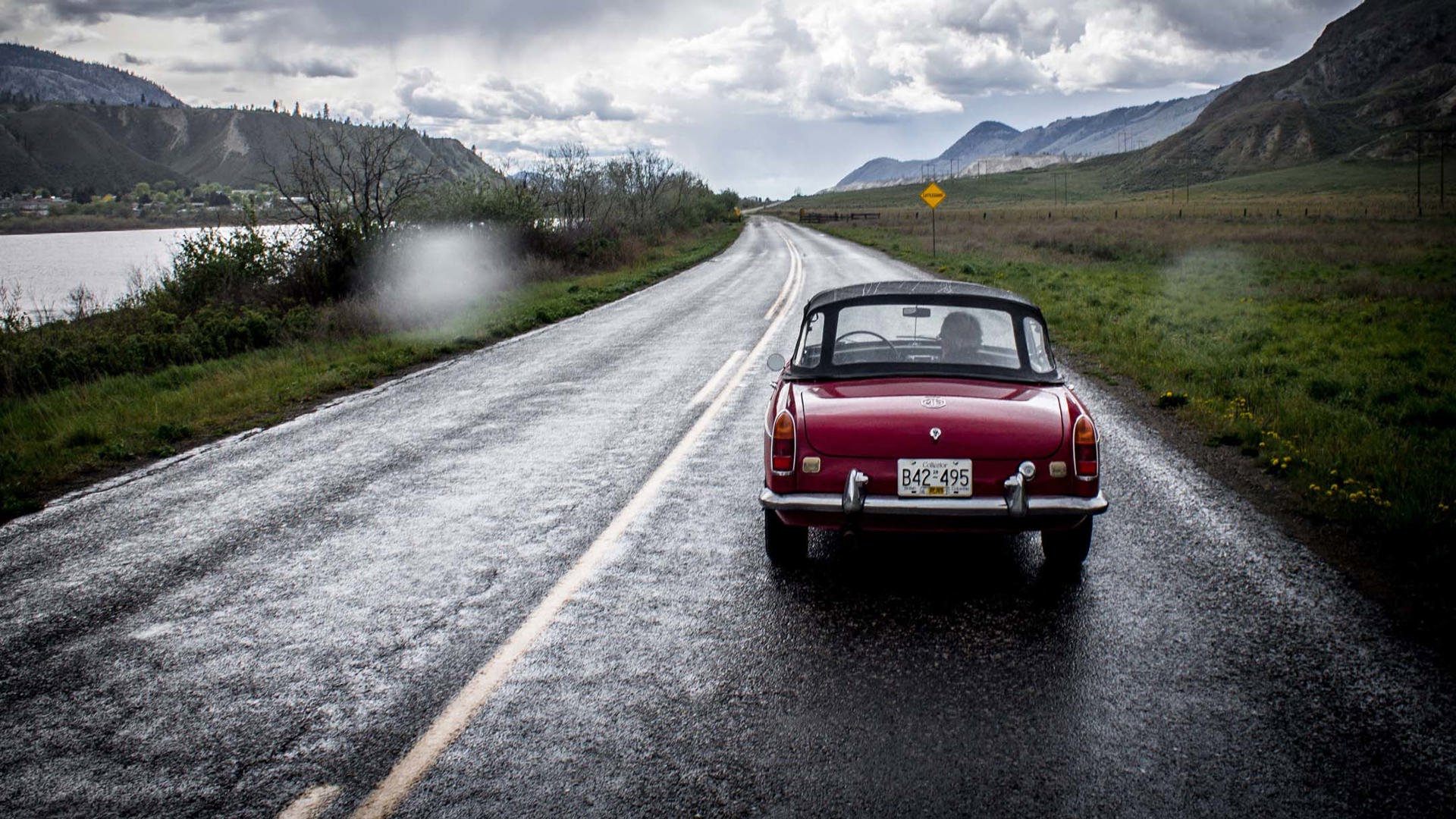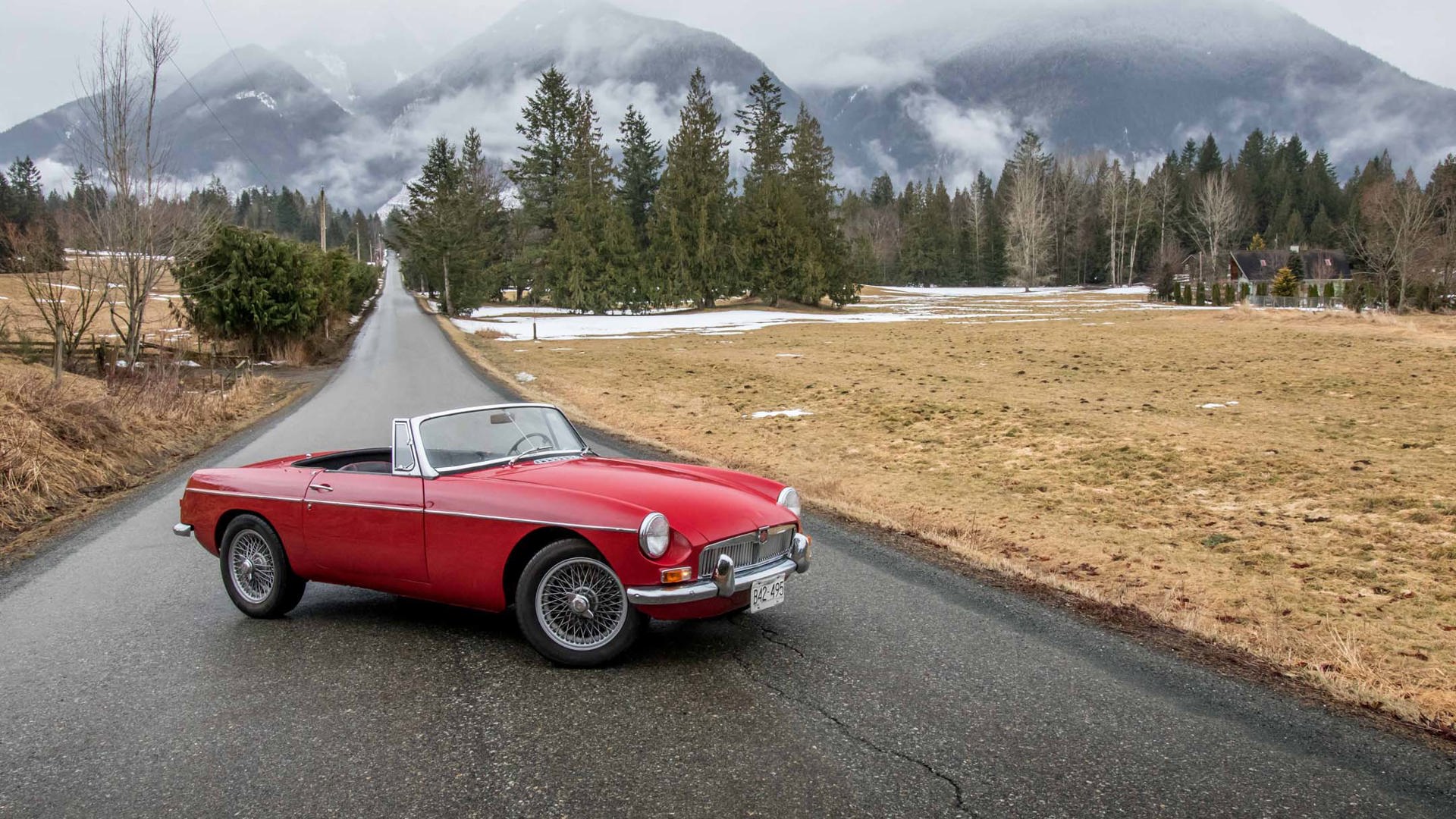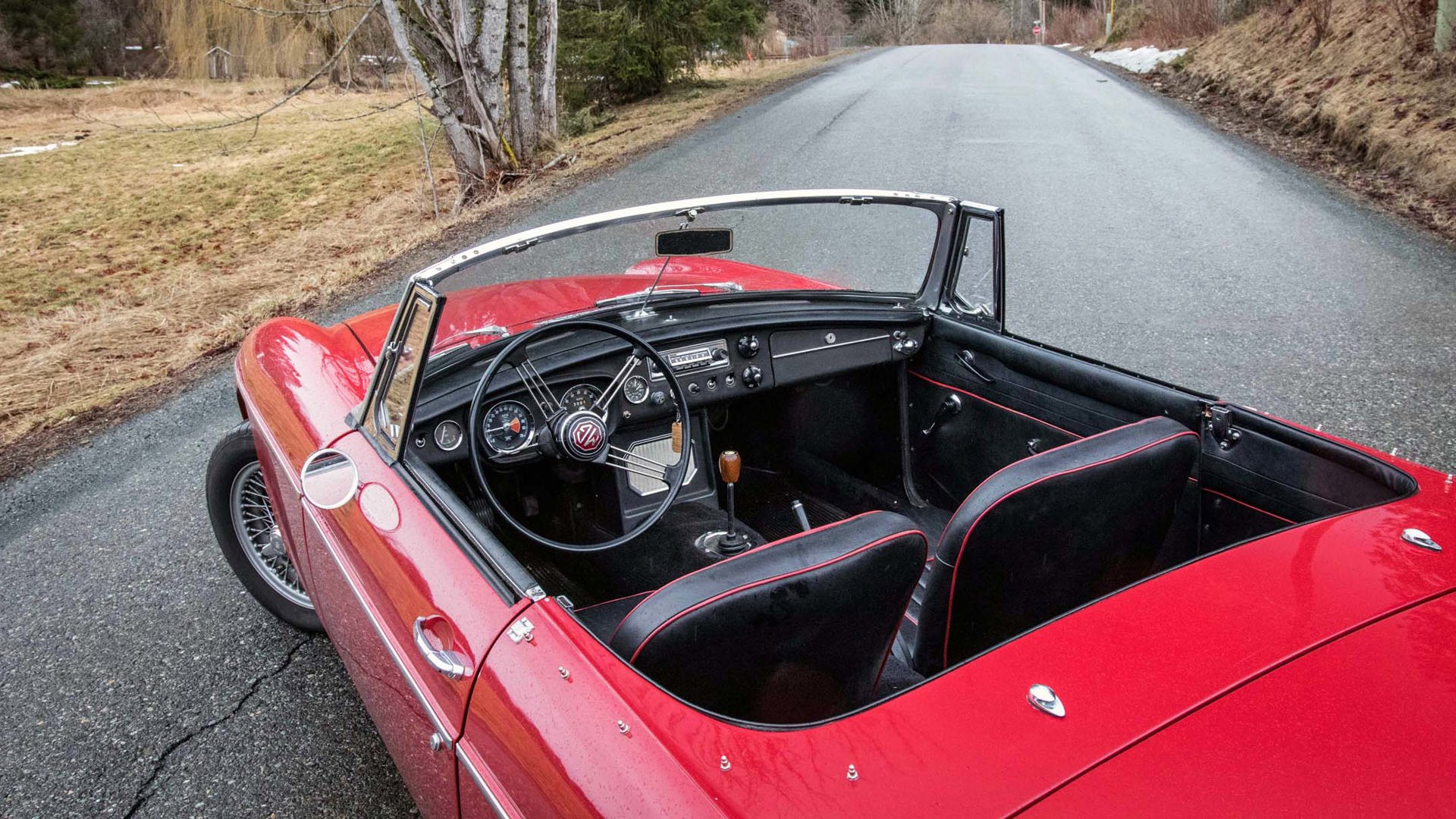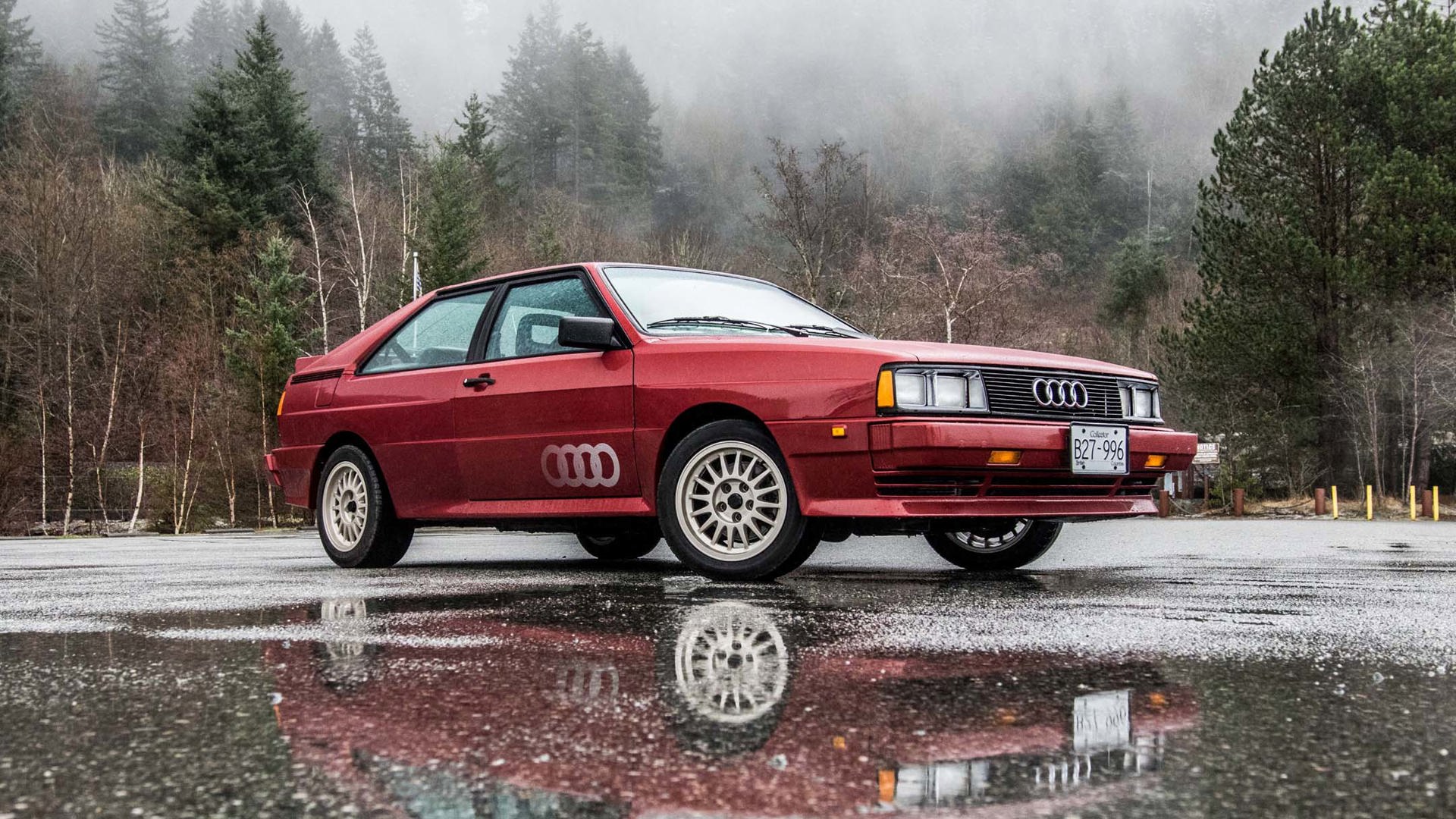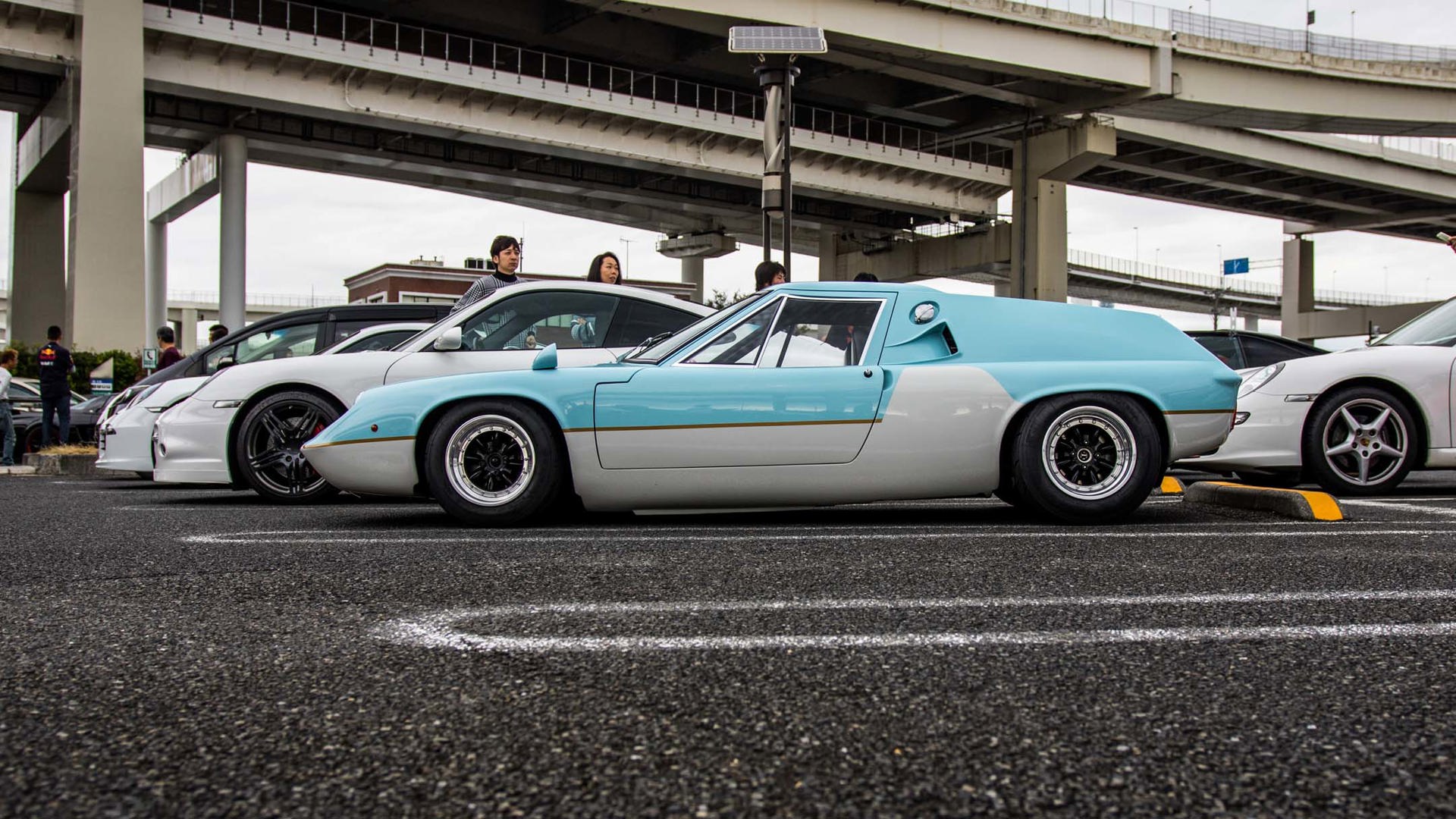I strip away the old debris that hides a shining car,
A brilliant red barchetta from a better vanished time.
We’ll fire up the willing engine responding with a roar.
Tires spitting gravel, I commit my weekly crime.
–Rush, “Red Barchetta”
Neil Peart, the drummer and lyricist for Canadian prog-rock band Rush, has died, aged sixty-seven. Privately, he had been suffering from terminal brain cancer for three years. Tributes have poured in from fellow musicians and artists, paying homage to Peart’s unique drumming style and clever, occasionally fantastical lyrics.
But I don’t think we’ve lost him entirely. He’s just hopped the turbine freight one last time, and gone to drive his uncle’s red barchetta, out on the country roads beyond our sight.
Famous as a drummer, Neil Peart was always a gearhead. His first car, purchased in the early 1970s, was a tired old MGB. His second was, improbably, a Lotus Europa – an odd-looking little mid-engined car that handled well when it was running smoothly, which was not often.
Anyone experienced with operating any of Britain’s finest classic roadside attractions will know that mechanical knowledge is a requirement if you actually want to get anywhere. You’ll either grow up hating cars forever, or come to understand them better.
Peart would have near-instant chemistry with Rush’s Geddy Lee (born Gary Lee Weinrib) and Alex Lifeson when he auditioned in the mid-1970s. He played hard and fast, like his idols Keith Moon and John Bonham. One imagines him beating the bejesus out of some little British car with a set of spanners, just to get it running again.
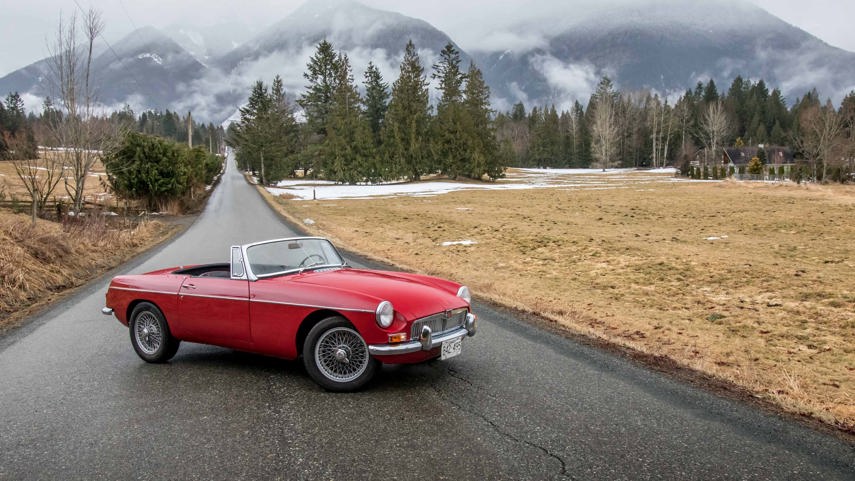
By 1984, Rush’s music was known around the world. One longtime fan was author and music critic Bill Banasiewicz, who would later write the band’s official biography. In January of that year, he arrived in wintry Quebec to watch the band record their latest LP, Grace Under Pressure. Geddy Lee arrived to pick him up at the airport, wearing a toque.
Geddy had borrowed Neil’s car. It’s little more than a side note in Banasiewicz’s article for Hit Parader, but that car was an Audi Ur-Quattro, a box-flared, turbocharged, rally homologation special that was the genesis of Audi’s obsession with all-wheel drive. Audi only ever sold 99 of them in the Canadian market, and the original Quattro would have been right on the bleeding edge of available automotive technology at the time.
The drummer for Rush sliding around snowy northern Quebec backroads in a boxy Audi is just about as 1980s as you can get. However, if you go back a little further, we can find that Peart hadn’t lost his love for simple British roadsters.
Red Barchetta, which was released in 1981, tells a simple story about a young man, an old car, and a world where the joy of driving has become illegal. A barchetta is the Italian term for a small, open car, and most people familiar with the song usually picture something like an Alfa-Romeo Spider.
However, according to Peart, Red Barchetta was directly influenced by a Road & Track story called, “A Nice Morning Drive.” That story, penned by Richard Foster in 1973, features a 1967 MGB, similar to Peart’s first car. In the story, modern cars have become so large and safe that most drivers don’t pay much attention. You have to wonder if Mr. Foster kept a crystal ball in his office.
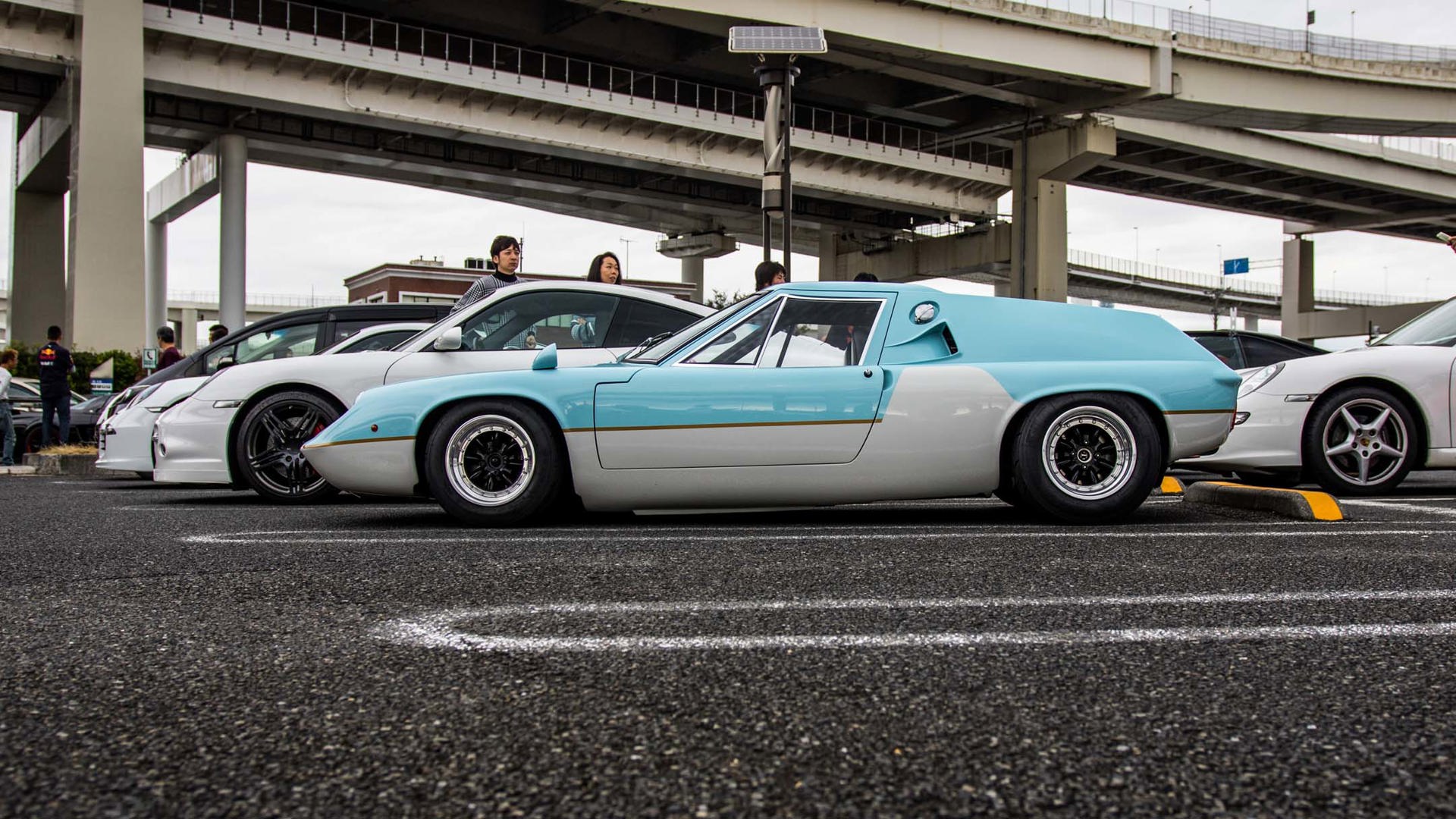
While he toured with Rush, Peart packed along a hobby he’d had since boyhood. Stuck in a hotel room somewhere, he’d open up a special briefcase to reveal a full travel set of miniature tools, a small aerosol paint gun, and a model car kit or two.
Later, he’d expand into collecting hand-built models, favouring 1/43 scale metal models, some commissioned to reflect his own car collection. In full-size, he owned a 911 Speedster, a 1964 Aston-Martin DB5, a 2001 BMW Z8, and a 1963 Split-window Corvette. Peart seems to have loved all kinds of cars, not focussing on one particular marque or era.
He was also serious about his passion. In the mid-1980s, motoring journalist Gabriel Gélinas was the chief instructor at the Jim Russell Racing School. He remembers Peart arriving in his black 911 speedster for an advanced two-day course in Formula 2000 open-wheeled cars.
“When he pulled up, I asked him if he liked to collect the black flies and mosquitoes of the Laurentian mountains on his forehead, as he was quite tall, and the top of his head was just above the windshield.”
“We both had a good laugh, and I spent another two very nice days with Neil, who never acted like the big rock star that he was. I have fond memories of a very humble and low-key guy who wanted to learn about driving and motorsports.”
Further, Peart was an experienced and dedicated motorcylist. In 1997, his 19-year-old daughter was killed in a car crash near Brighton, Ontario. His first wife, Jacqueline Taylor, died of cancer less than a year later. In search of meaning, he spent more than a year on the road on his BMW R1100GS motorcycle, criss-crossing Canada, the US, and Mexico over 90,000 km.
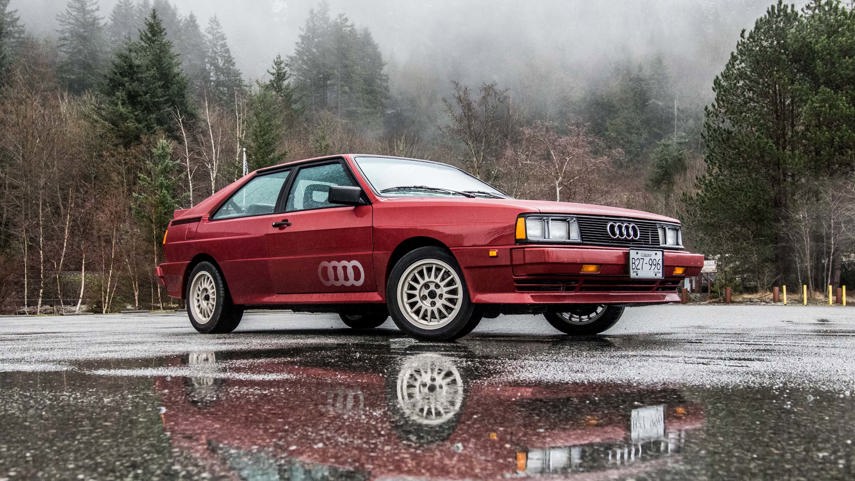
Ghost Rider, a memoir of this time, was written in 2002. He followed it up by travelling by motorcycle between shows while Rush was on tour. The big BMWs are the only motorcycles Peart ever owned, and he went through at least seven of them.
Even with all the travelling required of a touring musician, road trips seem to have been a constant in Peart’s life. He wrote a book called Travelling Music, about driving his Z8 from Los Angeles to Texas, and the music that formed the backdrop to the trip.
He also had a sense of humour about motoring. Under the nom de guerre “Bamm-Bamm Rubble”, he competed several times in the 24 Hours of Lemons budget racing series. The Jensen-Healey he was co-driving pitched a fit (and threw a rod through the block), but Peart seems to have enjoyed the oil-smeared process of getting it all patched back together again.
In 2007, some 35 years after Red Barchetta came out, Richard Foster discovered the connection with the article he’d written for Road & Track, and sent Neil Peart a letter. Somehow, in all that haystack of fan mail, the message got through. The pair came up with a plan.
They finally had a chance to ride together in West Virginia, while Peart was coming through on tour. Both riding BMW GS motorcycles, they hared off into the hills, spending a couple of days riding just for the sake of it.
For most fans of Rush, Neil Peart will be remembered on centre stage, firing off some lengthy drum solo, or weaving his percussion in with Geddy Lee’s bass. He was a performer, and many loved him for it.
Yet he seems to have always been happiest behind the wheel or at the handlebars, with some empty and twisting bit of tarmac unfolding before him. A place where he wasn’t a legend, but rather just another traveller, out on the road, miles and miles falling beneath the wheels.
